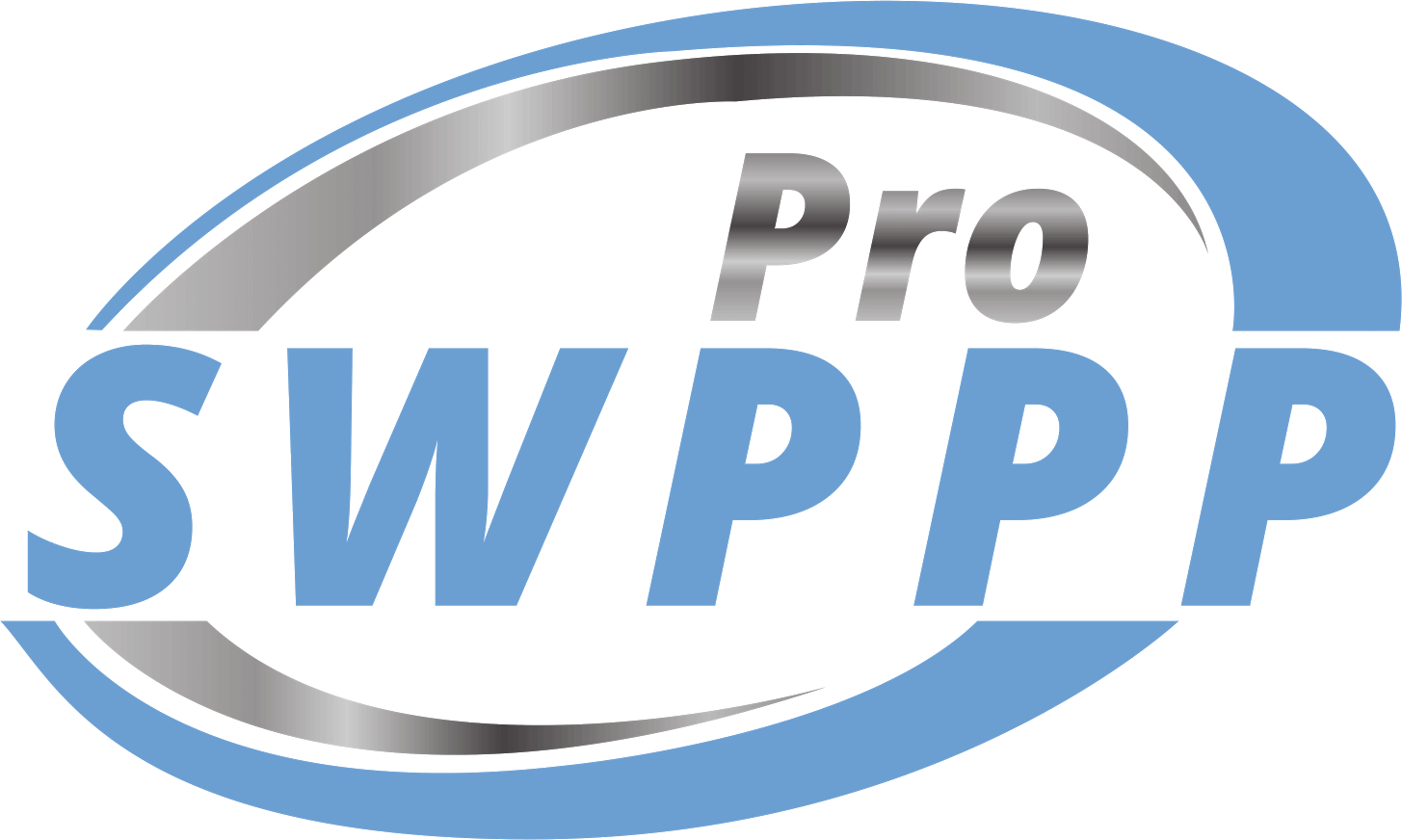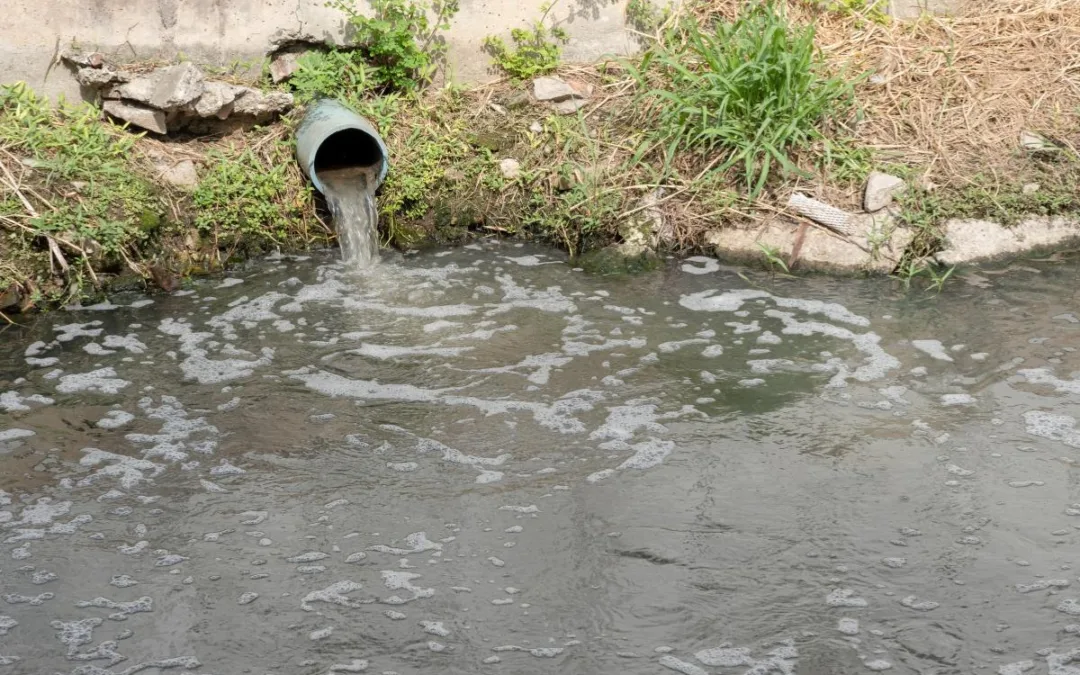Construction sites can significantly impact stormwater quality. As rainwater flows through these sites, it picks up pollutants like sediment, debris, and chemicals. To prevent this, construction companies must establish a storm water pollution prevention plan (SWPPP). An effective SWPPP outlines measures to reduce contamination of rainwater runoff from construction activities.
Our team can draft a SWPPP by first assessing potential pollutant sources on the construction site. With the help of our experienced SWPPP service, you can mitigate the risks of storm water pollution.
Here are some of the crucial elements your SWPPP needs.
The Site Description
A detailed site description is crucial for a comprehensive SWPPP. This part of the plan describes the specific details of the construction site. It includes the nature of the project, whether it’s a residential building, a commercial complex, or a roadway.
The description must also cover the duration, specifying how long the project is expected to last, which could range from a few months to several years. Additionally, the size of the construction project is noted in square footage or acreage, which is important to determine the extent of land exposed to stormwater.
Other essential factors to include in the site description are the type of soil present and the amount of rainfall expected in the area. These details help identify potential sources of pollutants and design effective pollution prevention measures for your construction site. Our experienced SWPPP service can create a detailed site description for your business.
Potential Pollutants
Identifying sources of pollution on a construction site is the first step in protecting our stormwater. Common pollutants include dirt and sand that can wash away when it rains. Loose materials can block drains and harm wildlife.
Other common pollutants are:
- Sediment: Erosion can cause soil and debris to enter stormwater.
- Hazardous Chemicals: Oil, paint, and solvents might spill and mix with rainwater.
- Trash: Discarded construction materials and waste can pollute waterways.
- Silt: Fine particles of sand and soil can clog waterways, affecting fish and other aquatic life.
- Construction Waste: Leftover materials like concrete, wood, and metal can contaminate stormwater.
Addressing these potential pollutants in your SWPPP is essential to prevent their harmful environmental effects. Our SWPPP service can help you implement effective pollution prevention measures by identifying these sources. This ensures compliance with environmental regulations.
Erosion and Sediment Controls
To manage erosion and reduce sediment runoff at your construction site, it’s important to use smart control strategies. For areas with bare soil, apply mulch or vegetation to cover the ground. This helps prevent soil from being washed away by rain. Building silt fences or similar barriers around the site to keep loose soil and sand from leaving the construction area.
Stockpiles of materials like dirt or sand will be shielded with tarpaulins or secured with gravel bags to stop particles from being blown or washed away. Other effective control methods include installing check dams and diversions to divert runoff from vulnerable areas.
Maintenance and Inspection Schedule
Regular checks and upkeep of stormwater control measures are key to an effective SWPPP. A well-planned schedule ensures these measures work properly and helps avoid pollution. Each week, a team should inspect the site.
After heavy rain, an extra inspection is vital to fix any damage. Erosion controls like silt fences need attention to see if they’re standing strong. Sediment basins should be cleared out before they get too full.
This routine of upkeep and review keeps the site following environmental rules. For expert help, our SWPPP services are just a click away!
Best Management Practices (BMPs)
Best management practices, or BMPs, are like a set of tools and rules to stop pollution from getting into the stormwater. Think of them as a toolbox to help ensure rain doesn’t pick up harmful stuff from construction sites.
BMPs include things like:
- Silt Fences: These are like big, strong curtains that trap dirt and mud, stopping them from washing away into the water.
- Drain Guards: These act like covers for drains, catching trash and debris so that only clean water flows through.
- Sweeping Regularly: Sweeping up dirt and waste means there’s less stuff to be carried away by the rain.
- Spill Kits: These kits are used to quickly clean up any oil or chemicals that spill before they reach the water.
- Proper Waste Disposal: This means making sure all trash and leftover materials from a building are thrown away in the right places, not just left on site.
Using these BMPs, construction sites can help protect our water from pollution, keeping our environment safe and healthy.
Spill Response and Prevention Plan
Adding a spill response and prevention plan to your SWPPP is key to stopping pollution from spreading. This plan shows how to deal with spills quickly and safely.
The first step is identifying potential sources for spills on your construction site. This includes hazardous chemicals, oils and fuels, and other materials that could contaminate stormwater if spilled. By knowing where these sources are located, you can take steps to prevent spills from happening.
Next, ensure all workers are trained on properly handling and storing hazardous materials to minimize the risk of spills. If a spill does occur, have an emergency spill kit ready and easily accessible on-site.
This kit should include absorbent materials, personal protective equipment, and instructions for proper cleanup.
Personnel Training Program
A comprehensive training program on the SWPPP is necessary for all personnel involved in construction projects. The intent is to educate every team member about their roles in preventing stormwater pollution. Training includes clear explanations of the SWPPP and detailed breakdowns of best management practices (BMPs).
All personnel must understand the potential sources of pollution on a construction site and how to handle and dispose of hazardous materials properly. This helps prevent pollution and ensures compliance with environmental regulations.
Contact Our Experienced SWPPP Service For Help!
With these essential elements in your SWPPP, you can effectively prevent stormwater pollution at your construction site. The Pro SWPPP team is always available to help draft a comprehensive and compliant plan for your business. Contact us today to learn more!

